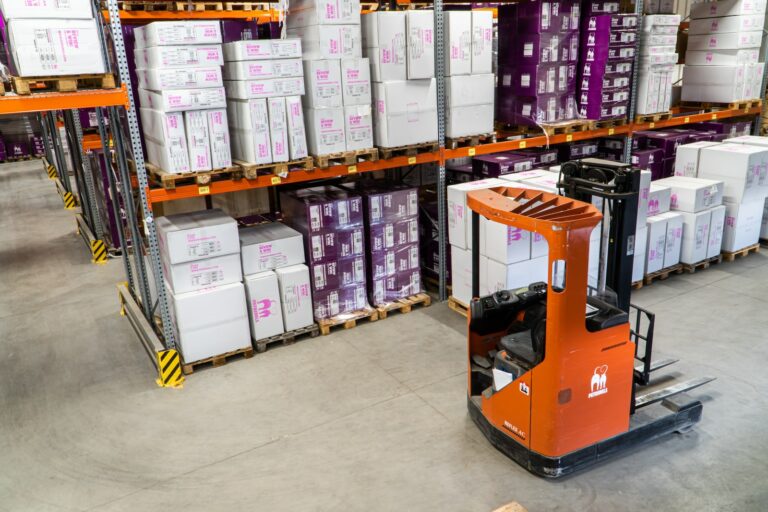Building SaaS Platform
As an entrepreneur or an avid dreamer building a SAAS platform out of the blue can be daunting if you don’t know where to start. I am sharing my experience hoping this helps someone starting out or shifting to SAAS.
Key values to achieve
- Cost savings to build the Software
- Marginal cost
- License or a subscription-based model
- Growing the revenue
- Improving the User base
Key offerings
- Pay only for what you use. You also save money because the SaaS service automatically scales up and down according to the level of usage.
- Accessibility by providing Web and Mobile-based apps for targeting all end users.
- Best onboarding and engagement experience to the end users by providing interactive guided information. By providing step-by-step guidance within each application. We can do that by using open-source libraries available in the market, or we can use paid APIs available in the market.
- User Analytics for understanding user behavior within an application
- Product analytics for tracking the key metrics and dashboards for the top KPIs
- User guidance and training for the best usage and understanding of the product.
- Notification service in the form of In-app/push, WhatsApp, and SMS to give real-time updates to the end users. For Example, Order tracking, Real-time order ETA.
- User-Support Chatbot for answering the end users’ queries and automating all the FAQs.
- User access/module authorization is based on the user profile. Profiles can be Management having complete admin control, Managerial access, and Normal access with limited power.
- Third-party integrations through Rest-based APIs are available to integrate with ERPs like SAP. Oracle or in-house.
- Multitenant architecture, in which all users and applications share a single, common infrastructure and code base that is centrally maintained.
- Customise applications to fit their business processes without affecting the shared infrastructure. Because of the way SaaS is architected, these customizations are unique to each company or user and are always preserved through upgrades.
- Automatic, frequent updates offer timely improvements thanks to their scale and because they receive feedback about their customers’ needs. This frees up your IT department for other, more business-critical tasks.
- Security at the highest level is required by any customer because of the shared nature of the service; all users benefit from the security level that’s been set up for those with the highest need.
- Low setup and infrastructure costs
You just pay for what you need with no capital expenditure that needs to be depreciated on your balance sheet over time. - Accessible from anywhere to connect to the internet, you can work from wherever you need to be via desktop, laptop, tablet, mobile, or another networked device.
- Scalability can adapt your requirements to the number of people who need to use the system, the volume of data, and the functionality required as your business grows.
- Industry-leading service level agreements (SLAs) for uptime and performance
So you have assurances that the software will be available to use when you need it, a difficult promise for in-house teams to make.
Saas Security
- Implementing the software considering OWASP
- The sharing of user accounts is prohibited
- Assets like phones and laptops are encrypted
- Two-factor authentication and the use of password managers are being enforced.
- User logins are being monitored.
- Dedicated or partially dedicated security engineers are available to handle crucial security tasks.
- The coding environment integrates identity and access management (IAM) and account provisioning systems.
- The project includes event and logs notifications
- Backups are carried out and tested
- Applications and APIs use encryption. Encryption lets you shield data against unauthorized users by reinforcing data confidentiality and authentication.
- The use of two-factor authentication is encouraged
- The provider is handling personally identifiable information (PII) properly and responsibly
- Administrators have limited access to customer data
- Real-time monitoring uses protection logic to distinguish malicious attacks from legitimate queries. It enables early detection and mitigation of SaaS application security risks.
Compliance and audits
- Certifications like the Payment Card Industry Data Security Standard (PCI DSS) help ensure that a company is adequately protecting sensitive data.
- Another essential certification is the System and Organization Controls (SOC 2) Type II. This certification ensures that your cloud service maintains high-security controls to protect data.
- ISO/IEC 27001
SaaS Pricing Model
- Flat Rate. You offer all features for a standard monthly payment. This model is transparent and straightforward, which makes it easier to understand. However, a flat rate can cut off a significant chunk of potential tenants because it lacks flexibility.
- Feature-based (tiered pricing). Your SaaS offers different feature packs at multiple price points. It’s the most popular model where your plans will appeal to several target audiences based on their needs. Besides, it gives basic-tier users more incentive to upgrade.
- User-based (per user). You charge a single tenant for the number of users they add to the SaaS. The bigger the user base, the more the business will pay and the more revenue you generate per subscription.
- Per active user. Another variation of the user-based model is where tenants pay for users who actively work with your service. As a result, this model encourages more businesses to try your service without the risk of overpaying.
- Credit-based. In this model, your users will purchase credits they can use to buy content. Credit-based pricing is an excellent option for services that don’t require continuous use. For instance, it’s a preferred model for audiobook and movie rental platforms.
- Freemium. You offer a free version of your service with the option to try additional paid features and upgrades. This model works as a great lead-generator, designed to attract customers and convince them to buy premium plans.







